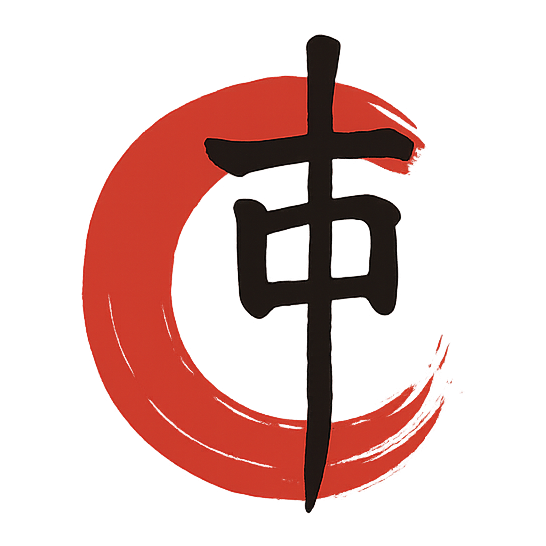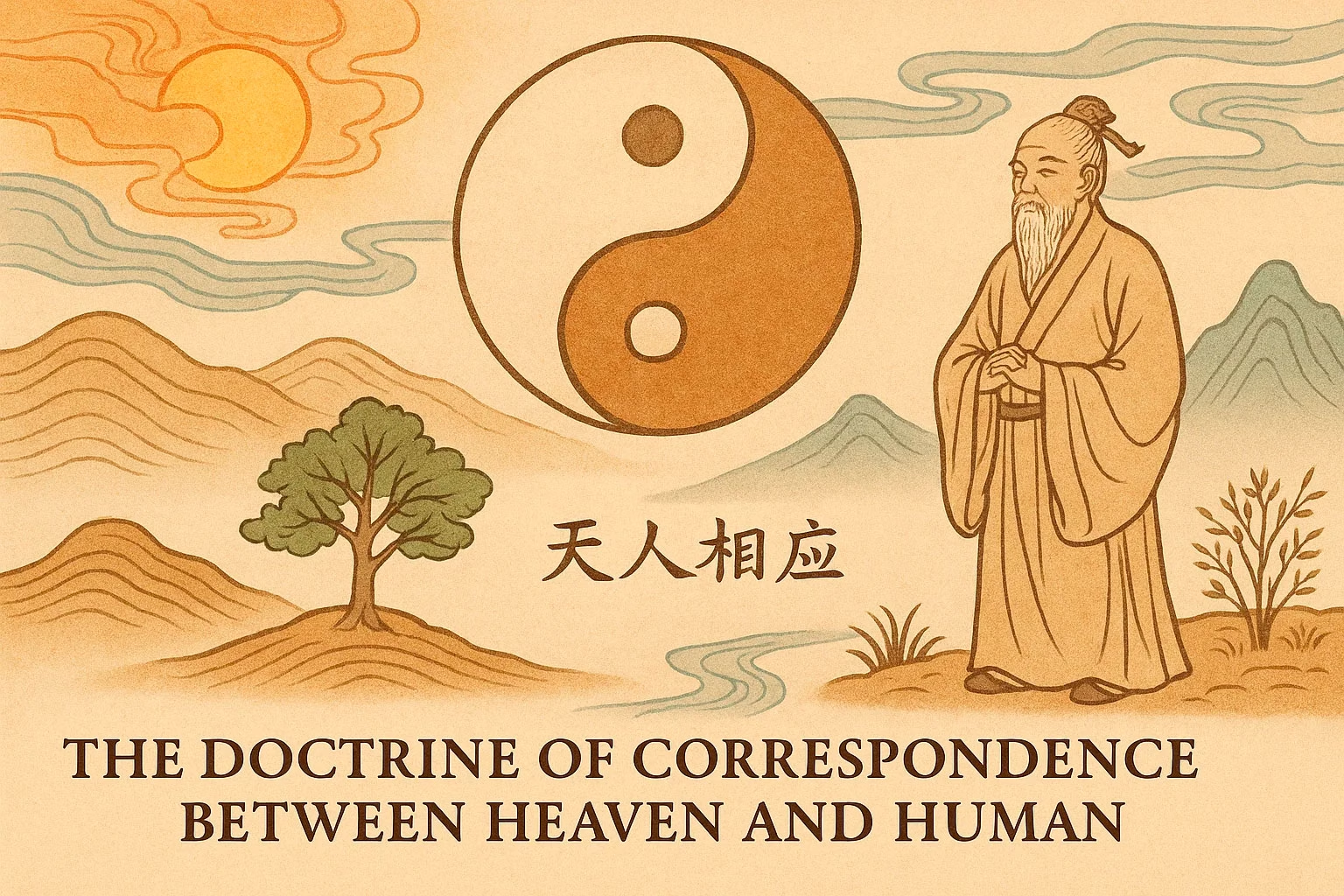Understanding the Foundations of TCM’s Cosmological Framework
🔶 Introduction
One of the most profound and foundational concepts in Traditional Chinese Medicine (TCM) is the Doctrine of Correspondence Between Heaven and Human (天人相应). This ancient philosophical principle holds that human beings are intimately connected with nature, and that the rhythms of the universe—Heaven (天), Earth (地), and the seasons—mirror and influence human life and health.
Far from being mystical speculation, this doctrine forms the philosophical backbone of TCM theory, influencing diagnostic systems, treatment methods, and preventive strategies. It teaches that to maintain health, one must live in harmony with time, space, and nature.
This article explores the origins, implications, and clinical applications of the Heaven-Human correspondence, and how this worldview continues to shape TCM practice today.
🔶 Philosophical Origins
The concept of tian ren xiang ying (天人相应) emerged from ancient Chinese cosmology, especially as expressed in:
- The I Ching (易经) – which describes the dynamic relationship between Yin and Yang, and how human affairs mirror the laws of Heaven.
- Huangdi Neijing (Yellow Emperor’s Classic of Internal Medicine) – where health is seen as a reflection of harmony between humans and the environment.
Key classical quotes include:
“Heaven and Earth are the parents of all things; Yin and Yang are the law of Heaven and Earth; man receives the essence of Heaven and Earth and is born.”
— Su Wen, Chapter 5
🔶 Key Elements of Heaven-Human Correspondence in TCM
✅ 1. The Seasons and the Human Body
Each season corresponds to a Zang organ, an emotion, and a natural tendency:
| Season | Organ | Emotion | Element |
|---|---|---|---|
| Spring | Liver | Anger | Wood |
| Summer | Heart | Joy | Fire |
| Late Summer | Spleen | Worry | Earth |
| Autumn | Lung | Grief | Metal |
| Winter | Kidney | Fear | Water |
Living in alignment with these seasonal rhythms—e.g., rising earlier in spring, eating warmer foods in winter—supports organ health and Qi balance.
✅ 2. Day-Night Cycles and Organ Clocks
The Heaven-Human correspondence also governs circadian rhythms, which in TCM are described via the 12-hour organ clock. Each organ is most active at a specific time, such as:
- Liver (1–3 AM) – detoxification and blood storage
- Stomach (7–9 AM) – best time for digestion
- Heart (11 AM–1 PM) – peak circulation
Following daily rhythms by sleeping early, eating on time, and resting midday enhances harmony with “Heavenly time.”
✅ 3. Weather and Pathogenic Factors
External climatic factors (Wind, Cold, Damp, Heat) correspond to internal pathogenic conditions:
- Wind → Tremors, spasms
- Damp → Heaviness, swelling
- Cold → Pain, stagnation
- Heat → Fever, restlessness
People must adapt lifestyle and diet according to seasonal climate to protect health—another aspect of responding to Heaven’s influence.
🔶 Clinical Applications
The Doctrine of Heaven-Human correspondence isn’t abstract—it’s deeply practical:
- Prevention: Seasonal changes guide how we dress, eat, and rest. TCM often tailors tonifying or detoxifying formulas to the seasonal phase.
- Diagnosis: Understanding which external factors may have triggered a disease is crucial—was it Autumn dryness? Winter Cold?
- Emotional health: By recognizing that emotions correspond to organ systems, practitioners can treat emotional imbalance as both a cause and result of disharmony.
🔶 Implications in Modern Health
Even in modern settings, the Heaven-Human correspondence offers timeless wisdom:
- Respecting circadian rhythms improves sleep, hormone balance, and metabolism.
- Aligning with seasonal nutrition supports digestion and immunity.
- Embracing mind-body-nature integration reduces stress and restores internal order.
It anticipates modern holistic health trends, such as chronotherapy, seasonal eating, and environmental medicine—demonstrating that ancient Chinese thought was far ahead of its time.
🔶 Conclusion
The Doctrine of Correspondence Between Heaven and Human remains a guiding philosophy in Traditional Chinese Medicine. By recognizing that we are microcosms of the macrocosm, TCM teaches us to observe nature, respect its rhythms, and live in harmony with its transformations.
This foundational principle continues to offer deep insight not only into how we treat disease, but how we live wisely and prevent illness—in balance with both our inner landscape and the outer world.
“Those who understand Heaven and Earth live in peace; those who respond to the rhythms of time remain free of illness.”
— Huangdi Neijing


发表回复